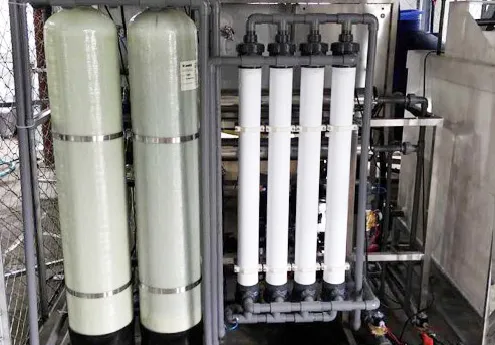loading...
- No. 9, Xingyuan South Street, Dongwaihuan Road, Zaoqiang County, Hengshui, Hebei, China
- admin@zjcomposites.com
- +86 15097380338
- Welcome to visit our website!
Exploring the Benefits and Applications of FRP Sheet Piling in Construction Projects
Understanding FRP Sheet Piling A Sustainable Solution for Modern Construction
In the ever-evolving landscape of construction, the demand for innovative, durable, and environmentally friendly materials is on the rise. Among the many materials gaining traction in the industry, Fiber-Reinforced Polymer (FRP) sheet piling stands out as a game-changer. With its unique properties and benefits, FRP sheet piling offers a sustainable solution for various applications, including waterfront structures, retaining walls, and deep excavation support.
What is FRP Sheet Piling?
FRP sheet piling is a construction material made from composite fibers, primarily glass or carbon, embedded in a polymer matrix, usually epoxy or vinyl ester. This combination results in a lightweight, strong, and corrosion-resistant material that is ideal for use in environments where traditional materials, such as steel or concrete, may struggle to perform over time.
One of the critical features of FRP sheet piling is its ability to withstand harsh environmental conditions. In marine and coastal applications, for example, the constant exposure to saltwater can lead to severe corrosion of steel piles. FRP, on the other hand, is inherently resistant to corrosive agents, making it an ideal choice for projects in such challenging environments.
Advantages of FRP Sheet Piling
1. Corrosion Resistance One of the most significant advantages of FRP sheet piling is its resistance to corrosion. This characteristic ensures a longer lifespan of the material without the need for costly maintenance or replacements, providing considerable cost savings over time.
2. Lightweight FRP sheet piling is considerably lighter than traditional steel or concrete options. This property makes transportation, handling, and installation more manageable, reducing labor costs and times on-site.
3. High Strength-to-Weight Ratio Despite its lightweight nature, FRP sheet piling boasts a high strength-to-weight ratio. This allows for the construction of structures that can bear substantial loads without the bulk and mass associated with traditional materials.
frp sheet piling

4. Flexibility in Design The manufacturing processes for FRP allow for a high degree of customization. The ability to create specific shapes and sizes makes it easier for engineers and architects to design according to project requirements without compromising on performance.
5. Sustainability As global awareness of sustainability increases, so does the demand for eco-friendly building materials. FRP sheet piling can be manufactured using recycled materials and is itself recyclable, providing an additional layer of environmental benefit.
Applications of FRP Sheet Piling
FRP sheet piling finds applications across a variety of sectors. In civil engineering, it is often employed in the construction of waterfront structures such as docks, piers, and marinas, where it prevents erosion and provides a strong barrier against water. It is also useful in creating retaining walls, where its lightweight properties reduce the load on foundations.
Additionally, FRP sheet piling can be instrumental in controlling groundwater levels in construction projects. By acting as barriers, they prevent water from seeping into excavation sites, thus ensuring the integrity of the construction process.
Conclusion
As the construction industry faces increasing challenges related to sustainability, material performance, and long-term cost-effectiveness, FRP sheet piling emerges as a viable alternative to traditional materials. With its superior corrosion resistance, lightweight structure, high strength, and eco-friendly characteristics, FRP sheet piling not only meets but often exceeds the demands of modern construction projects.
Adopting FRP sheet piling into construction practices could very well be the next step toward creating a more sustainable and efficient future. As technology continues to innovate and improve the ways we build, embracing materials like FRP may lead the industry towards a more resilient and environmentally responsible path. Thus, stakeholders in construction should consider the advantages of FRP sheet piling when planning future developments, harnessing this innovative material to achieve optimal results while also contributing positively to the planet.
-
The Rise of FRP Profiles: Strong, Lightweight, and Built to LastNewsJul.14,2025
-
SMC Panel Tanks: A Modern Water Storage Solution for All EnvironmentsNewsJul.14,2025
-
GRP Grating: A Modern Solution for Safe and Durable Access SystemsNewsJul.14,2025
-
Galvanized Steel Water Tanks: Durable, Reliable, and Ready for UseNewsJul.14,2025
-
FRP Mini Mesh Grating: The Safer, Smarter Flooring SolutionNewsJul.14,2025
-
Exploring FRP Vessels: Durable Solutions for Modern Fluid HandlingNewsJul.14,2025
-
GRP Structures: The Future of Lightweight, High-Performance EngineeringNewsJun.20,2025
